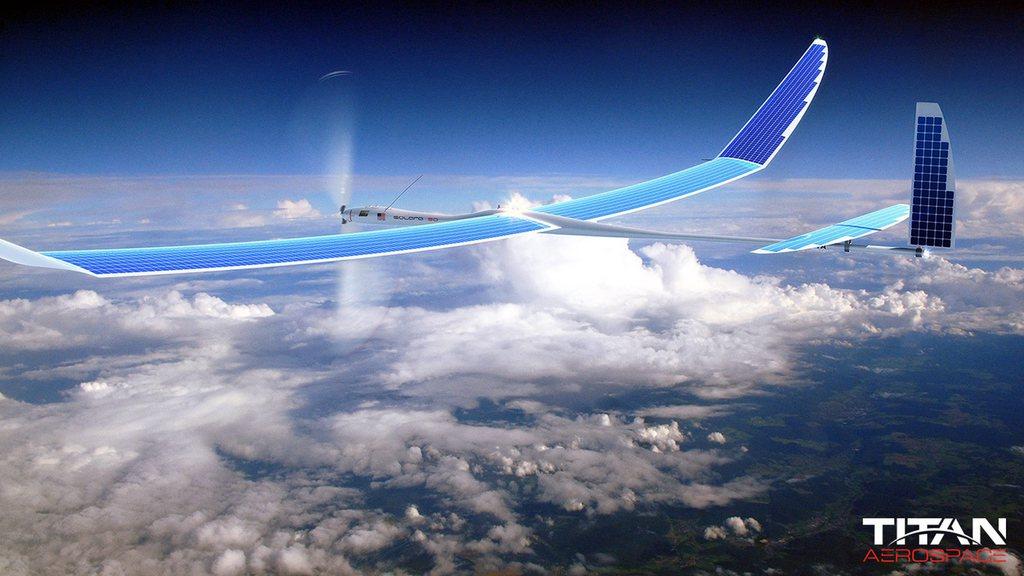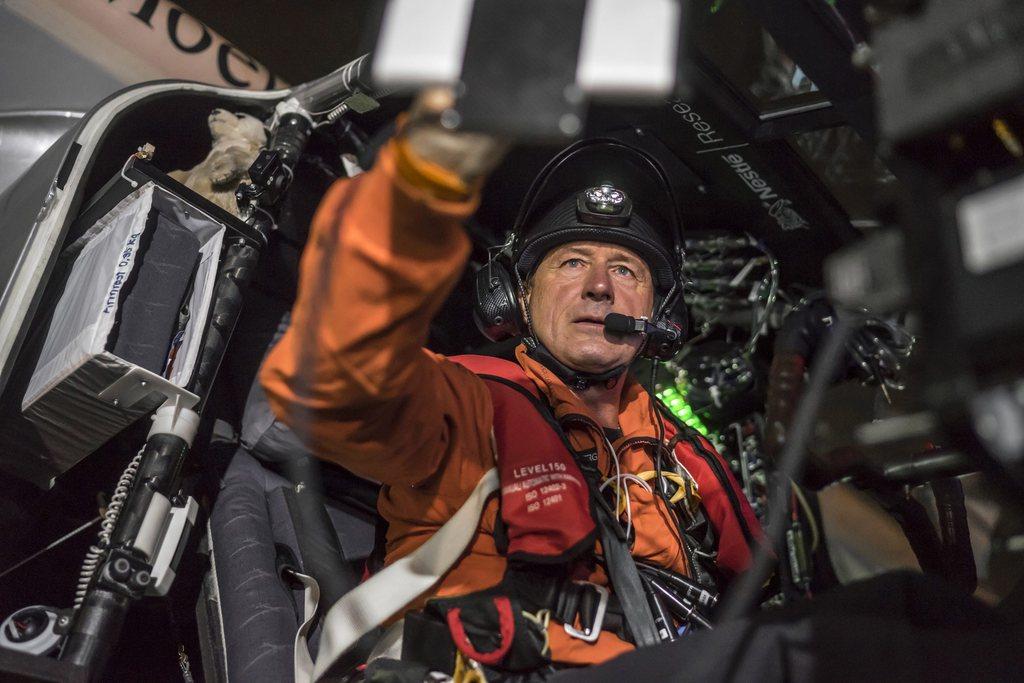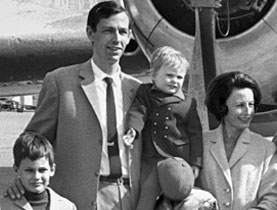Making aviation history through solar innovation

The ascent of aviation is a technological triumph, the result of centuries of dreaming and decades of tinkering. Today, the Solar Impulse uses top technology to harness an elementary form of energy.
The ability to fly boils down to a precarious balance between design, weight and energy. Without all three realms in harmony, gravity will always win. Birds are lightly constructed creatures, and their metabolism rate is so high that they can flap free of the earth and surf the currents of the wind. Millions of years of evolution shaped their design.
Putting mankind in the air, once these principles were understood, only took a few years. The physics of making an aircraft fly are unchanged from the beginning of flight — you just have to strike the right balance of designed controllability, overall weight and available energy.
Fuelling flight
The physics of flight are the same for a Wright Flyer, Sopwith Camel, P-51 Mustang, Gloster Meteor, MiG-29, or Boeing 747 airliner — the bigger and heavier the plane, the more power it needs to get off the ground.
Need to get off the ground in a short runway? More power. Need to fly really fast? More power. Need to hover like a hummingbird in a multi-ton flying machine? More power. Need to escape the Earth entirely and enter outer space? A lot more power.
The availability of massive amounts of power, created by chemical and mechanical means, was the key to unlocking the heavens, and the design of engines has gone hand-in-hand with the ascent of aviation. The thing about engines, though, is that they consume materials in order to create ergs of energy.
They burn fuel. So do birds, transforming their high-energy diet into calories of energy. Birds produce waste from this process — you see it on statues! — and so do mechanical engines, no matter how efficiently they’re designed. All engines produce both heat and exhaust. Even the petro-chemical processes of producing aviation fuel have unfortunate by-products, often poisonous.
There two things to keep in mind about using fuel for an aircraft engine — there is a finite amount, which means it can take you only so far, and for so long. Also, as the engines consume the fuel, the aircraft’s weight changes, altering the delicate balance of its flight characteristics. This has been a constant in aviation design.

Harnessing sunlight
There is another source of energy, however, that is raining from the heavens — radiant photons from sunlight. In the 1960s, the American space program devised electromechanical ways of converting sunlight into stored electricity, and in the decades since, the process has been increasingly refined.
Swiss aviation pioneers Bertrand Piccard and André Borschberg created the Solar Impulse project in 2003. Theirs is the first aircraft in history to weigh exactly the same on landing as on take-off.
Solar Impulse 2 (Si2) has spent the winter in Hawaii, awaiting the long sunny days of summer that will allow it to continue circling the globe. After completing the longest solo flight in history — Borschberg spent nearly 118 hours in the air, flying from Japan to Hawaii — the aircraft’s batteries overheated, requiring replacement.
Si2 is currently making test flights from Kalaeloa airfield in Hawaii, and will launch in April or May, making its way back to Europe. The dragonfly-shaped aircraft is enormous, with a wingspan of more than 200 feet, and yet — thanks to advanced materials design — only weighs about the same as a large van.
“It proved that to truly be innovative and create technological breakthroughs, you have to have the right mindset and the right level of energy,” says Borschberg, recalling how plane manufacturers said it would be impossible to build such an aircraft.
“It clearly meant to me that we had to find a different way. Solar Impulse is not about one revolutionary technology; it’s a mix of many solutions, the sum of all the efforts of our engineers, specialists and partners, which enable us to achieve the impossible!
“But don’t believe it’s easy. You have to be ready for many setbacks. But when you understand that obstacles, problems can be opportunities. You see the world in a different way and you are less afraid by the moving into unknown territory.”
Breaking records
When the first aircraft began to fly, nearly every flight broke records. Si2 continues that tradition, and the crew is aware of that legacy.
“It brings an additional pressure on our shoulders!” says Piccard, “Because our goal is not just to break records, but above all to prove that modern clean technologies can achieve the impossible, like flying day and night around the world without any fuel, only on solar power. Exploration is not anymore about conquering new territories, because the Earth and the Moon have already been conquered, but to explore new ways to have a better quality of life on Earth.”
Piccard, who lived in Florida as a child, remembers seeing several Apollo lift-offs.
“This gave me the impression that there is no boundary between dream and reality, between imagination and achievement, as long as you are ready to face the unknown. This is the moment when I decided to become an explorer.”
Even with the pedal to the metal, however, Si2 doesn’t fly any faster than the family car ambling down the highway. Doesn’t it make them crazy to fly so slow?
“On the contrary!” laughed Borschberg. “When I started flying Solar Impulse I learned to have a different relationship with time. It’s not so much how quickly we get to the destination, it’s how we fly, using nature to propel the aircraft. Solar Impulse is the first and only airplane that has an unlimited endurance. It can fly non-stop for days, for weeks, even for months, a new paradigm!”
Last July, as Si2 arrived over Hawaii after nearly five days in the air, Borschberg was still having so much joy in flying the aircraft that he circled lazily though the night, waiting for dawn to alight the plane, touching down just as the first rays of the sun swept across its eager wings.
Burl Burlingame is the historian at thePacific Aviation Museum Pearl HarborExternal link.

In compliance with the JTI standards
More: SWI swissinfo.ch certified by the Journalism Trust Initiative











You can find an overview of ongoing debates with our journalists here . Please join us!
If you want to start a conversation about a topic raised in this article or want to report factual errors, email us at english@swissinfo.ch.